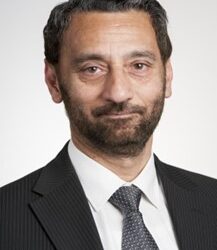
With just over a year having past since the Capacity Investment Scheme was introduced, and two rounds of tenders, what are the early indications of the CIS? With the Climate and Energy Minister Chris Bowen announcing that the next auction will be increased in size by two-thirds to 10GW, what does this mean for the future of the Industry?
![]()
The BESS trading landscape is rapidly evolving in the NEM, from which types of entities own large-scale BESS assets to the market landscape under which those assets are operating. With these shifts, the trading practices and approaches that succeed in the NEM have continued to develop and change and the role that software, algorithms and traders each play are taking new forms. Join Matt Grover, Director of Energy Markets at Fluence, to explore:

The NEM was once termed as the most ‘volatile network in the world’ by Rystad Energy, as it experiences the most daily fluctuations of power prices worldwide. As Australia continues to phase out coal and head towards net-zero, this volatility is expected to continue. What is the role that energy storage has to play, and what are the opportunities presented by this market?

This Panel looks at the perspective of both investors and developers to promoting the growth of energy storage. With lots of unique financial structures, what ones are common-place, what are the most appealing, and how can the indsutry promote further investment into BESS?

As battery technology continues to evolve rapidly, BESS (Battery Energy Storage System) design is converging around two key concepts: AC Block and DC Block-based architectures. Each approach comes with its own advantages and trade-offs, influencing project development, grid integration, and long-term flexibility.
This presentation will explore these design methodologies and provide a comparative analysis to address the following key questions:
What are the key macro trends shaping the BESS industry?
What are the main components of a BESS, and what functions do they serve?
How does BESS design relate to the stages of project development in Australia?
What is battery-agnostic design, and why is it important?
What are the key differences between AC Block and DC Block-based BESS, and how do these impact BESS design?

Whilst ‘big-batteries’ grab the headlines, the path to net zero in Australia is multi-faceted and includes a wide range of energy storage. Distribution level batteries, hold enormous potential and are an important piece of the puzzle.14:40 How are others harnessing distribution batteries, and what does the future hold?
Merchant revenues offer the highest risk, highest reward of returns for Operators. To what extent are asset managers tapping into the merchant market, and maximising the profits of the battery?
Small-scale batteries and those on the distribution networks, have been tipped to eventually support up to 50% of Australia’s renewable storage. Why is it then, that there is no market reforms or regulations surrounding distribution batteries? This panel looks in closer detail at the role of distribution networks and batteries.

Predictive analytics are transforming the way BESS owners and operators are balancing safety and profitability. In this talk, we’ll demonstrate how data-driven insights have helped identify and mitigate risks, reduce downtime, and guide critical decision-making. We’ll share real-world examples that illustrate how a data-centric asset management approach not only reinforces a culture of safety but also contribute to stronger financial performance.


With Australian households reaching 15.1GW of Solar installed in 2023 (a ratio of 1:3), solar has been a huge success story for the path to net zero, and communities have enabled this. With up to 50% of electricity being supplied by residential solar at times, community batteries hold huge potential for the market.
Often an afterthought, what are the key considerations of the ‘community’, in community batteries? How is the best way to unlock the transition to net zero, through community engagement?
From design to construction, encompassing the entire lifecycle of the battery, what are the key considerations which should be taken into account?
Join us on Day Two for the keynote Opening Address, from the Hon Nick Duigan MLC, Minister for Energy and Renewables, Minister for Sports and Events, and Minister for Parks.


Australia’s is targetting 32GW and 82% renewable generation by 2030. With this current figure sitting at a reported 39.9% (Clean Energy Council), what is the pathway to hitting Australia’s renewable targets?

A hot topic globally, with the enormous growth year-on-year of energy storage, what is needed for banks to consider these projects “bankable”?
In our morning session of Day 2, we have State & Territory Spotlights, facilitated by Austrade!
In the first hour, each representative will give a 10 minute presentation deep-dive into the opportunities of their respective region, success stories, and a look towards the future.
The final hour will take the form of networking roundtables, where our delegates can make connections, have meaningful conversations with the representatives from government organisations, and connect with those who have aligning interests. This session aims to facilitate the growth of Energy Storage throughout Australia.


From conception to energisation, there are a conundrum of obstacles to navigate for the developer to operationalise their battery. What are the biggest challenges faced in the market to deploying BESS in Australia, and what are strategies for navigating these?
As an example..
Whilst Lithium-Ion is undoubtedly king right now, what does the future hold and why do we need to look further afield in future?

With the Australian market already moving away from 2 hours, 4 hours is becoming increasingly common and we are even beginning to see 8 hour batteries being tendered.
